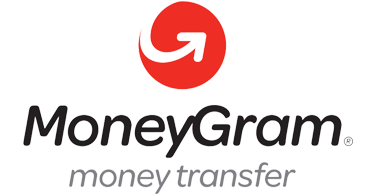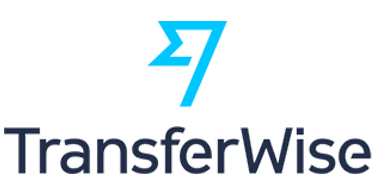On the Internet of Thing (IoT), everything is in the surrounding is connected to the internet to form the network for communication. Here, “thing” is anything like a sensor, hardware, base station, etc. that can transmit and receive the data over the wireless medium. This page is about the interesting recent research areas and topics for implementing Python IoT Projects with key characteristics!!!
Due to its unique functionalities, IoT is largely used in many research domains such as big data analytics, artificial intelligence, wireless sensor network (WSN), cyber-physical system, and more. In recent days, IoT is concentrated on real-world application analytics. For an IoT system, we need to use the language that supports various domains with the features of scalability and reliability. Here, we have given the IoT entities and their appropriate programming languages.
- Resource Restricted IoT Devices – C++, Python, and Java
- Gateway / Router – C++, Python, and C
- IoT enabled Fog / Edge / Cloud – JS node and Python
“Python” is one of the languages that is used widely in IoT projects. Generally, python is the open-source scripting language that runs on the interpreter. By the by, the developer can download the python source code directly from the internet and do changes based on the IoT project needs. By default, python has the in-built feature of data analytics at the edge of the network.
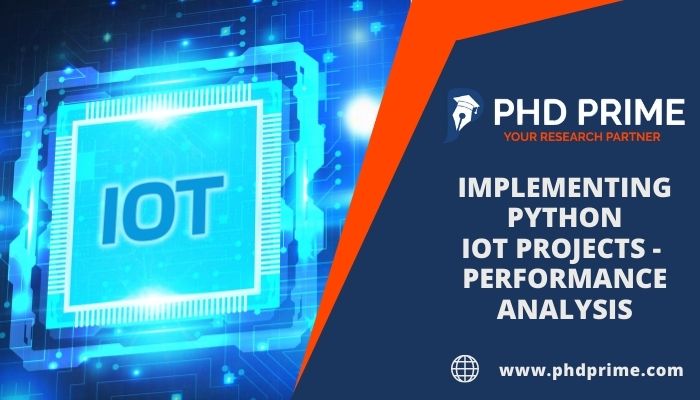
Why Python programming language for IoT projects?
As a matter of fact, python is the most common language used in the IoT research field for experiments. Since it is the right choice to develop the device interface and another back-end process in an efficient manner. It is also best to run on an embedded system that supports Linux OS. For instance: Micropython at microcontrollers. For the most part, it is best to design, build, analyze the huge/small size IoT models for data abstraction. Below, we have given a few more characteristics of Python IoT Projects,
- Decentralized Framework
- Multi-Platform Computing
- Stateful Streams Transformations
- Real-time Monitoring
- Asynchronous Concurrent Execution
In addition, we have given a list of a few important characteristics that made scholars choose python as their developing language for Python IoT Projects.
- Easy to Embed / Coding: Python can be easily merged with other languages due to its interoperability nature. For instance: C++
- Easy Syntax: Compare to other languages, Python has simple syntax for easy coding
- Interpreter-based Execution: Basically, python code executes on an interpreter system for fast prototyping.
- Library: Basically, python is built with huge libraries and modules. Further, it also has the capability to require libraries or packages dynamically at the time of projects implementation
- Simple debugging: For execution, python uses an interpreter which the program line by line. So, the bug fixing process is faster than in other languages
- Easy learning: In comparison with other standard languages (C++ / Java), python has simple programming rules/syntax. So, it is easy to learn fast with fewer efforts
How we can use Python in IoT?
In general, python is used for developing different kinds of applications/services. Here, it is easy to work with web-based applications, mathematical functions, system scripting, and many more. For instance: developers can use python as a server-side language for web applications/software. Also, it enables developers to design both large-scale and small-scale Python IoT projects on various platforms (Linux, Windows, Raspberry Pi, and Mac). Now, let’s see a list of libraries that are supported in python to simplify the code works.
Python Libraries for IoT Projects
- MicroPython: used for deploying implanted/embedded systems.
- Azure IoT Device – Offer functions to launch interaction of Azure IoT Hub in terms of modules and hardware
- CPython: used for applying python code
- ThingFlow: used to create fault-tolerant IoT model based on event process Also, it needs to tackle the noise and data loss issues. By the by, it supports stream-processing services and decentralized computation
- Explicit scheduling and Asynchrony
- Streams-to-Stream Conversions
- Infinite-state and Uncertainty
- Filters-to-Filter Configuration
AWS IoT devices SDK for python
This SDK is specifically intended for Python IoT Projects which let developers code scripts for IoT devices. These scripts allow the device to interact with the AWS IoT platform based on MQTT (Websocket) and MQTT protocol. After that, the user can access the AWS IoT shadow and message broker and services (kinesis, Amazon S3, AWS lamba, etc.). Next, we can see two significant libraries of Python.
- Opencv
- Highly utilized in IoT systems for data visualization
- Ability to embed with other languages
- Comprises C library (suits for DIP)
- Ensure High Efficiency and Accuracy
- Paho-mqtt
- Specially designed for IoT applications
- Support Ultra-speed data distribution
- Provide low payload data transmission among IoT devices (resource-restricted)
- Comprises huge pre-defined libraries for embedding system
- User-friendly to handle while prototyping
- Design the MQTT request by using Python language
Next, we can see the significant technologies that support IoT. These technologies gain special attention from active research scholars who desire to create remarkable research achievements in their careers.
IoT Enabling Technologies
- Industrial Internet of Things (IIoT)
- Resource Access Control and Administration
- Intelligent Mobile Devices in WSN
- Extremely low-powered IoT System Development
- Identity and Key Management
- Implanted Systems Design and Deployment
- Machine to Machine (M2M) Networking
- Sensed Data Analytics, Mining, and Management
- Naming and Addressing in IoT Network
- Internet of Things / Everything (IoT / IoE)
- Web of Nano Things / Technologies
- Decentralized Data Fusion and Storage
- New Network Routing Protocols and Control Schemes
- Devices-to-Devices (D2D) Networking
- Trajectory Moving Object Identification
- Factory of Things (FoT)
- Integration of Fog and Edge Computing in IoT Platform
- Node Mobility Models and Localization Techniques
- Wireless Heterogeneous Networks (Wireless HetNets)
- Emerging IoT Standards and Protocols (6LoWPAN, WoT, IPv6, 6TiSCH, oneM2M, RPL, etc.)
- Wireless Body Area / Sensor Networks (WBAN / WBSN)
In addition, our research team has given you current research topics for the internet of things field. For your benefit, we have collected a huge number of innovative research ideas from all current research areas to craft novel internet of things research proposal.
Python IoT Projects Research Topics
- Node Identification and Localization
- Secure Channel Modelling and Accessibility
- Blockchain-based IoT Security Applications
- Cross-layer Architecture Design and Attacks
- Multi-Factor Authentication for IoT Multi-Users
- Enhancing IoT Security in WSN Application
- Improvement of QoS and Security Mechanisms
- Secure Data Transmission in IoT Network
- Cryptographic Private Key Agreement and Management
- Risk Analysis for Effective IoT Security Mitigation
- Employment of AI Techniques in IoT Data Privacy
- Intrusion Detection and Prevention System in IoT
Now, we can see a list of real-time applications developed in the internet of things. These applications are widely popular in all parts of the world due to their incredible advancements in modern society. If you are interested to create real-world applications/services then we are ready to give thorough guidance in that too.
IoT Applications
- Advances in Smart Environment Design and Development
- Intelligent Automation of Home and Building
- Prediction of Soil Water-Level in Smart Agriculture
- Smart Supply Chain Management in Manufacturing Factories
- Web-based Healthcare Assistance
- Vehicular Automation in Intelligent Transport System
- Energy-Aware Smart Multi-Grid Management
- Cooperative IoT System and Services
- Inspection of Service Experiences
- Real-time Human-centric Information Capturing
Next, we can see how the IoT project is analysed to attain maximum performance. Here, we have given you the different aspects of performance analysis in python IoT projects.
Performance Analysis of IoT using Python
- Design and Inspection of Multi-Objective IoT Model
- Assessment of Different IoT Use-cases and Scenarios
- IoT based Sophisticated Testing and Testbeds Tools
- Experimental Analysis of Models in Real Field
- Analysis of Real-time Application Deployment (Smart City / Agriculture)
- Filling the Gap between Study and Practical Execution
- Future Web System and Technologies in IoT
- Performance Aspects: Fault Tolerance, Reliability, Energy, QoS, Interference
Sample Project Idea using Python
Here, we have given how the Python IoT project is created. For instance: we selected LoRa/LoRaWAN using Zerynth for network programming. In this, we will utilize Matplotlib and The Things Network libraries for plotting the graphical output to visualize the captured data. Next, we will do the following processes in the project,
- On using python (Zerynth), write the code for the LoRa node to sense the humidity and temp level
- Then forward the sensed data to The Things Network over LoRa Gateway
- After that, The Things Network display the data in the console through MQTT Protocol
- Finally, use Matplotlib to plot the sensed data for pictorial representation
Project Pre-requisites
Next, we can see the essential requirements of the above project for system configuration. Further, it also includes humidity and temperature sensor.
- Zerynth Studio (IDE):
- Support both C and Python as hybrid language
- Easy to code for board management
- Comprises editor,bug fixer, and compiler for a friendly environment
- Gateway (LoRa):
- UtilizesLink Labs BS-8 (IoT/M2M gateway) used for LoRa communication
- Features: 1000+ endpoints and 8 receiver channels
- The Things Network (TTN) Console / Library:
- Register the user’s credential information such as name and email for user account creation
- Terminal-node (LoRa):
- UtilizesLoRa Click, Temperature & Humidity Click and Flip / Click (MCU board)
- Holds ST’s HTS221 temperature
Next, have a glance over the key characteristics of the LoRa:
- Large-scale Network – Billions of sensors
- Extended battery life: beyond 10 years
- Long Coverage Area: ranges from 15 to 20 km
Zerynth Studio is the cost-free IDE with sufficient essential libraries and modules to develop any sort of LoRa system. However, it allows developers to utilize only 5units in each board, we can avail of the add-on services by upgrading the Zerynth Studio to the Pro version.
The Pro version includes the features of industrial-grade as follows,
- Secure hardware-assisted Firmware implanted at the device (in industrial capacity)
- RTOS based Selection
- Enable the implementation based on-air update
On the whole, if you are excited to know more information about the Python IoT Projects development and other current research areas/ideas then contact us. We will sure to let you know all important research updates of IoT.


